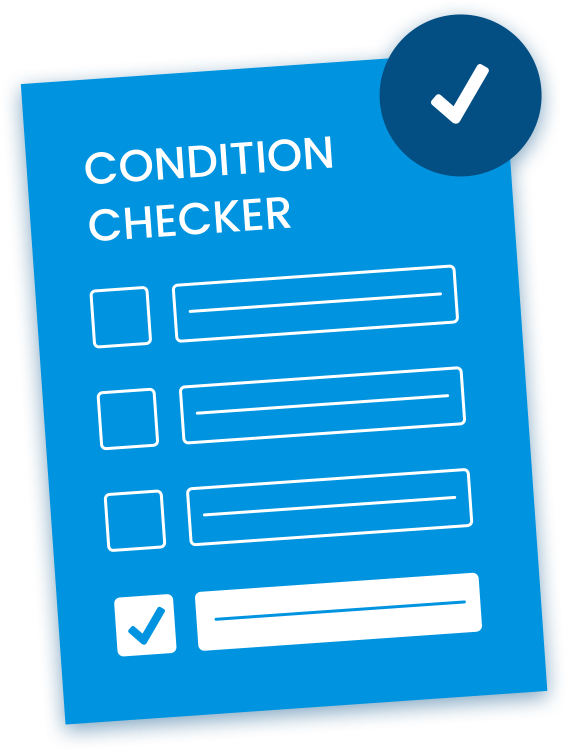Spinal Stenosis
Find out which possible conditions you may be suffering from by trying our 2-min Guided Pain Assessment Form!





Spinal stenosis is a back condition that specifically describes the narrowing of the spinal canal. This condition can occur for multiple reasons, likely due to a combination of other spinal conditions. Spinal stenosis is most common in the lower (lumbar region) part of the spine and upper (cervical region) part of the spine. Lumbar spinal stenosis and cervical spinal stenosis produce similar symptoms, but in different parts of the body.
Cervical spinal stenosis will cause these symptoms to occur in the arms and hands while lumbar spinal stenosis will cause similar symptoms in the legs and feet. It’s not uncommon for patients to experience sudden, sharp pain that radiates down the arms or legs. In more severe cases, bladder and bowel dysfunction is experienced.
Causes of Spinal Stenosis
While spinal stenosis is mostly a result of aging or injury, there are other factors that can increase your predisposition to this condition. They include:
Are you suffering from any of these conditions or worried you may have spinal stenosis? Try our Condition Checker to determine the cause and help us diagnosis your condition.

Find your condition with our 2-minute Condition Checker.
The narrowing that comes as a result of spinal stenosis is mostly within the spinal column, the canals at the extreme lower back or the space between vertebrae. These three areas have passages where nerves and nerve roots enter and exit the spine. Because of the numerous nerves and nerve roots in these areas, even slight narrowing can cause significant pressure and lead to pain.
Because spinal stenosis often develops in the cervical spine and lumbar spine, it’s important to be aware of the differences and the symptoms to look out for:
General Symptoms of Spinal Stenosis
At its early stages, spinal stenosis has no symptoms. However, as the condition progresses, a patient may experience the following symptoms:
Most of the symptoms linked to spinal stenosis are closely similar to those of other spinal conditions. It can, therefore, be hard to distinguish one condition from the other.
For this reason, it is advisable that you visit a spine specialist to obtain an accurate diagnosis. Once spinal stenosis is isolated, our doctors will come up with the most effective treatment plan to restore your quality of life.

Discover which treatment options are right for you with our Treatment Finder.
Treatment options for spinal stenosis depend on what stage of the disease you have, and range from pain relief medications and exercise to minimally invasive surgery and invasive surgery in advanced stages. Like many conditions of the spine, the earlier you catch spinal stenosis, the less invasive the treatment options typically are.
Physical therapy and anti-inflammatory medications are common first steps for short term pain relief. If these treatments are unsuccessful or help very little, a regimen of cortisone injections can be used for longer-term pain relief. This can also help identify the specific cause of the pain, if surgery is ever needed. Surgery options could include a laminectomy or a special procedure called a Laminoforaminotomy.
Our team at NJ Spine & Orthopedic believes that accurately diagnosing the condition and exploring all treatment options is the key to pain relief. Try our Candidacy Verification tool to find out what treatment option is right for you.

Determine your eligibility with our Candidacy Verification.
"*" indicates required fields